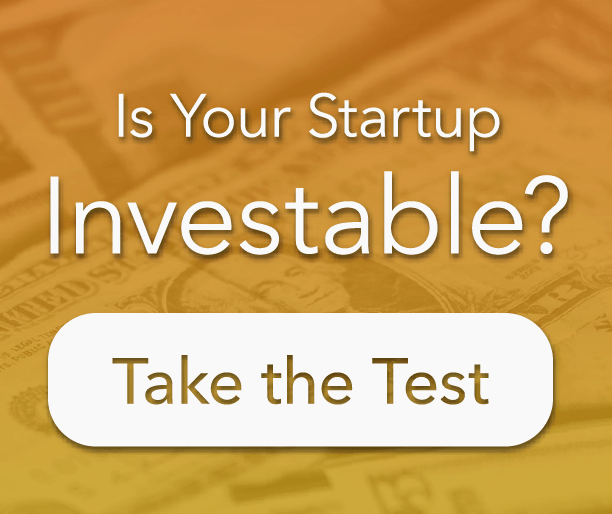
As an angel investor and leader of an angel group, I receive funding inquiries every day. Most come in the form of an executive summary, which typically provides one of the initial interactions an entrepreneur will have with an investor.
There have been numerous articles and blogs written on the executive summary. However, in my opinion, the best of the bunch comes from Guy Kawasaki and Bill Reichert of Garage Technology Ventures. According to “Garage” it’s not about providing a business plan in 250 words or less, it’s about the “need to convey its essence, and its energy”.
There is also much debate about which is more important, the team or the idea.
However, let’s stipulate that both are critical for the investor as are the problem, or the “pain” which served to stimulate the idea, and the potential opportunity the solution may provide for the entrepreneur and investors. In the end, it’s this opportunity that enables you to promise as an entrepreneur to investors.
Concept Stage Startups: Investor Due Diligence List
How do you convey that to an investor through your executive summary?
To answer this question, I have a confession;
I have the attention span of a gnat.
Unfortunately, this is an affliction shared by many other investors as well. In a world packed with activity and distractions, one in which an angel investor reviews several hundred executive summaries a year, there is a tendency for them to begin to blur.
We are all familiar with the old worn out saying, “the three most important words in real estate are location, location, location.” For the startup entrepreneur, the four most important words in their toolkit are:
- Hook
Catch their attention – sounds simple, no? But what makes your venture different than the thousands of startups in the world? The hook needs to leave a impression. If it sounds cookie cutter, you’ll end up lost in a large stack of countless other executive summaries. - Nab
How is your pain point so significant that it can turn into not only a profitable business but also a scalable company? Does is have an environmental, social, or financial impact? Is there a market that would foster growth of your business and allow the concept to thrive? Millions of fantastic ideas are are thought up each day, but few actually make it to market. - Snag
To be blunt – why should I put my time and energy into your venture? What is the end goal and payoff in exchange for the effort and finances it takes to invest in your startup. - Grab
Leave them wanting more. You’ve set the stage, now how are you going to follow through? That’s what the remainder of the executive summary is for – detailing a plan of action and what role the investor could play in the success of your company. It’s up to you to convey the sense of possibility and excitement that will encourage them to read on.
Simply put, your executive summary must lead with the most compelling statement you can convey about your idea.
It should be a statement that sets the tone by “Wowing” the investor such that it will hook, nab, snag or grab their attention to read further. Ultimately you have less than 30 seconds to get this investor’s interest. Be clear, concise and compelling. Make the investor want to read on!
Why Your Executive Summary is Headed for the Trash!









